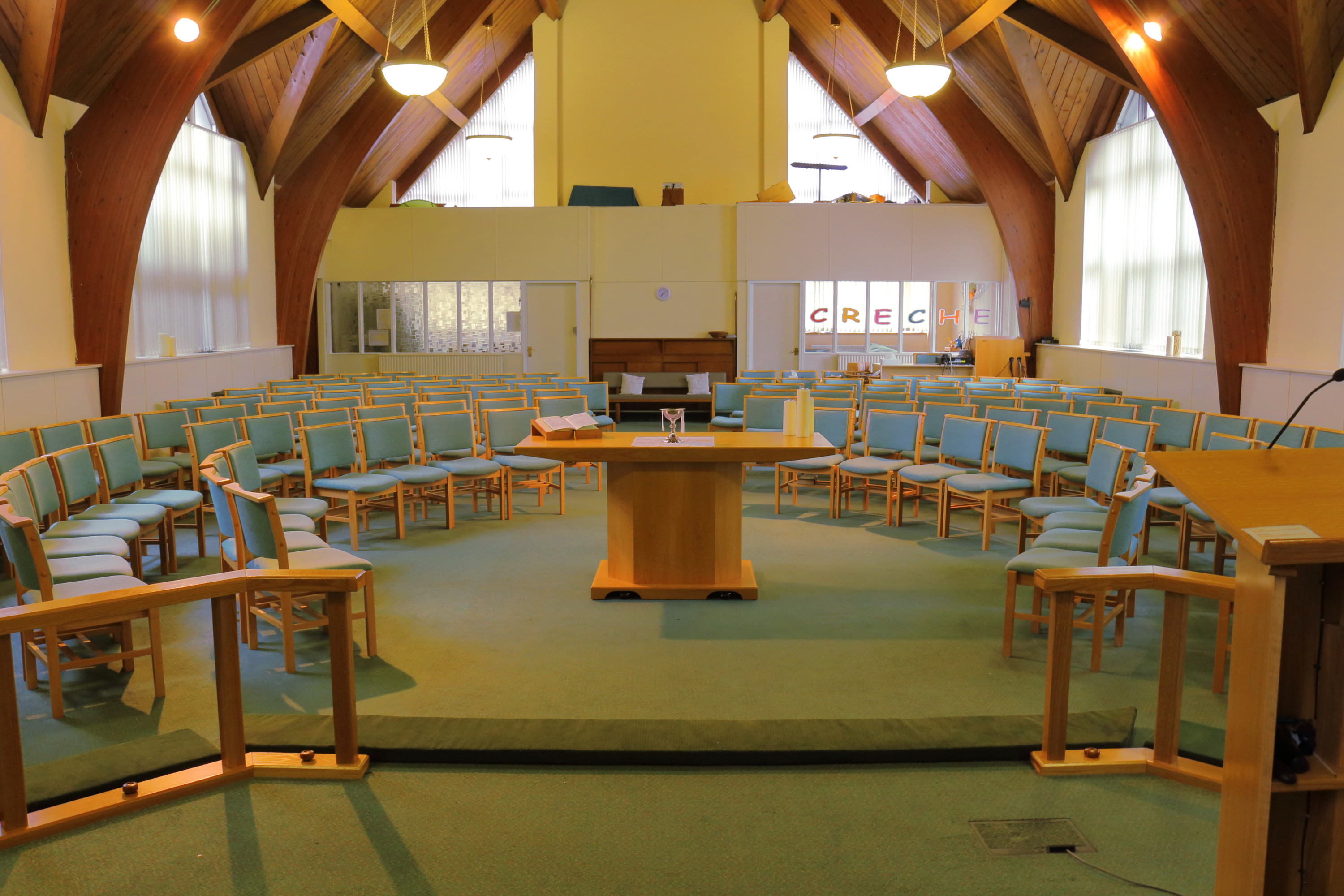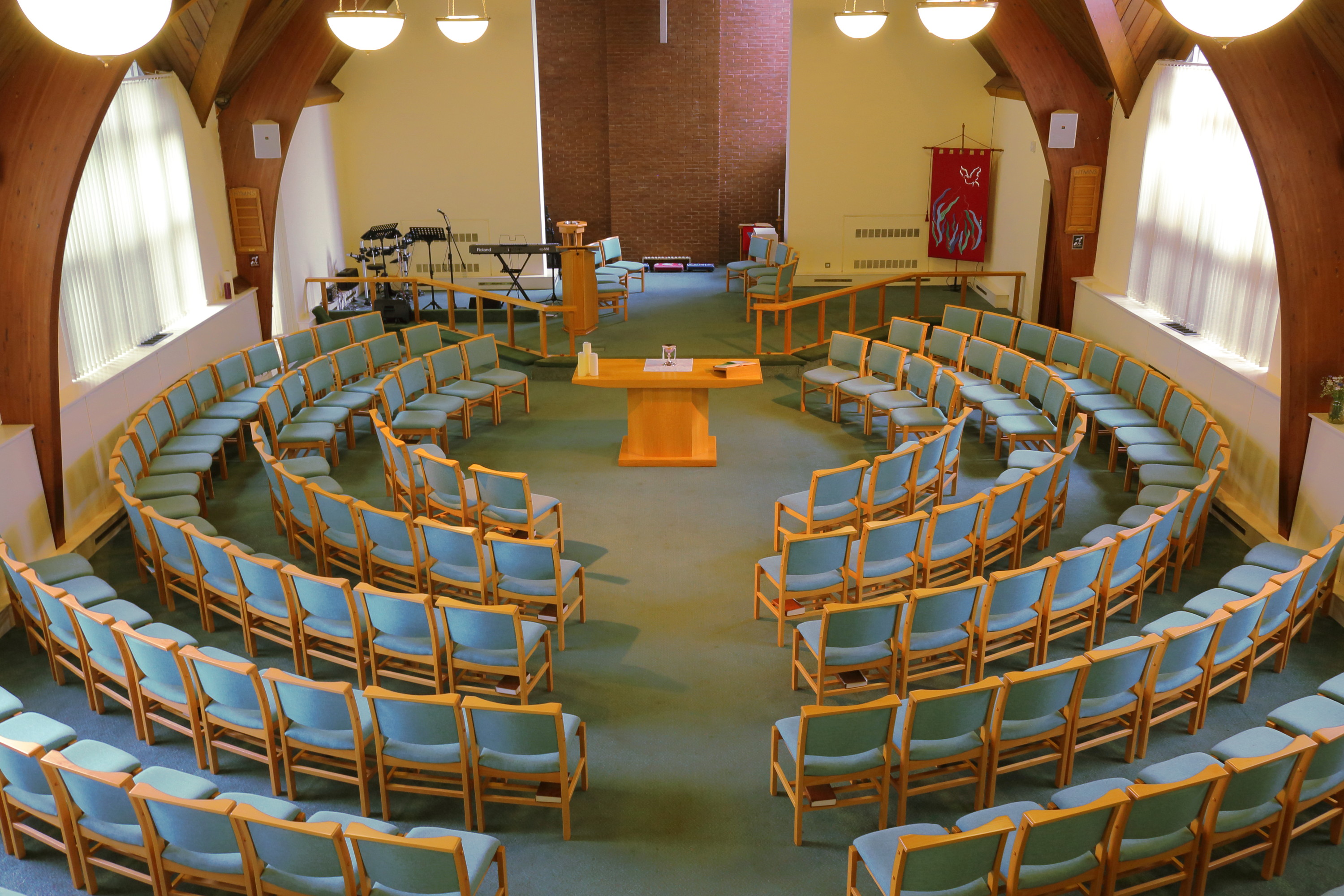The way we arrange the furniture in our lives (both the literal and the non-literal) communicates so much about who we are and who we aspire to be. And it sets the background scenery to our story. If the arrangement of the furniture is at odds with our goals, this can frustrate or even prevent us attaining our goals. One cannot physically relax in a living room without comfortable chairs. Equally, an untidy desk can be an impediment to work. Less literally, a cluttered calendar has no space for a new departure in life (e.g. deciding to pray regularly) – something has to move out to make space.
So it interests me immensely how we arrange the furniture in our church buildings. We should sometimes stop and ask what our furniture says about our understanding of who we are and who God is calling us to be.
Over the last year, in Greenside Parish Church, we have been exploring what it means to move towards deeper, more intentional Christian community. My last blog post details a proposal for a rule of life we are considering adopting as a community. Alongside this, we have been thinking about the furniture. Several months ago we decided to rearrange the chairs at Church of the Holy Spirit, Crawcrook. Here’s the new layout:
 Previously, we did what most churches do when they move from pews to chairs, we recreated the pews by arranging the chairs in straight lines facing forwards. This new arrangement makes a statement. Here are some things it says:
Previously, we did what most churches do when they move from pews to chairs, we recreated the pews by arranging the chairs in straight lines facing forwards. This new arrangement makes a statement. Here are some things it says:
- We like to see each other’s faces rather than the back of each other’s heads when worshiping.
- Circles place everyone at the same level: there is no one who is first or last in our community.
- Circles have a center: at the center of our community is Jesus as represented by the meal he gave us to share together.
- The circles are concentric. Some people in our community are closer to Jesus at the center than others. We don’t exclude anyone, though, just because they are not yet comfortable to move closer to the center. Indeed, the community has no clearly definable edges at all – we are not defined by edges but by the person at the center.
